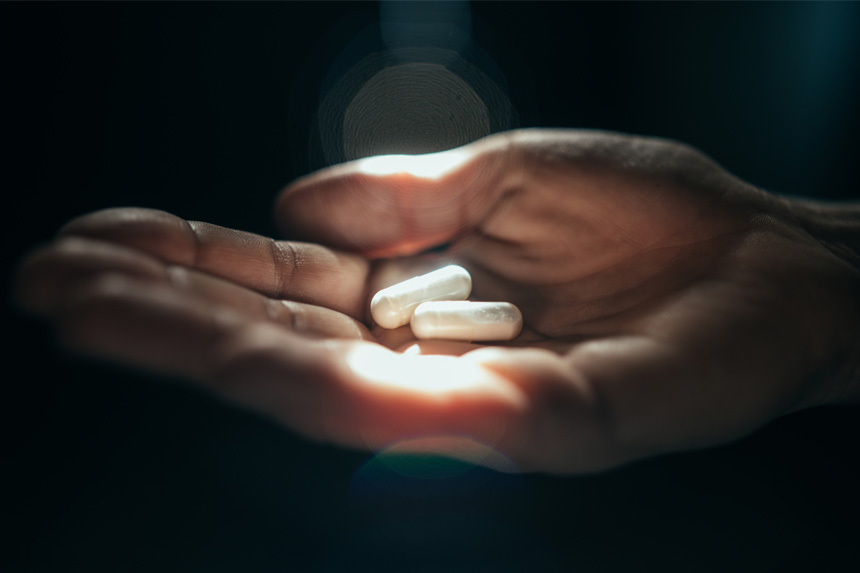COVID-19 may be the unlikely kick-start to reverse public perception of the pharmaceutical industry and, ultimately, enhance the patient experience.
The industry’s trust barometer is starting to rise, as monumental efforts to find a vaccine for SARS-CoV-2 have shone a spotlight on the difficulties pharmaceutical companies face conducting research and bringing new therapies to market. A growing cooperative spirit to ‘beat this bug’ is drowning out historical distrust, and even spurring empathy and admiration for the researchers hard at work.
Medical Affairs is critical to keeping this drum beat of confidence tapping by becoming the trustworthy interface between drug development and post-marketing. As the life sciences industry spends billions of dollars and decades to develop complex medical treatments, medical science liaisons (MSLs) serve as the bridge between industry and healthcare professionals (HCPs) by educating and creating a two-way dialog where physicians can get scientifically reliable answers to their questions. Personal opinion is washed out of conversations with MSLs and replaced strictly by fair and balanced data. Trust restored.
An Injection of Socio-Behavioral Sciences
Socio-behavioral sciences study the intersection of how human beings engage with their everyday lived environment. These scientists collect valuable insights about why customers make the decisions they do. The discipline allows people to answer the question “why?”. Recently, more businesses across industries have hired behavioral scientists and even created a new role – Chief Behavioral Officer (CBO).
Now, Bloomberg predicts that the top jobs for the next decade will be behavioral scientists and data analysts. Google, Amazon, Uber, FaceBook, and Microsoft are just a few Fortune 500 companies that have hired CBOs. Executives look to these scientists to apply psychological principles to business and marketing strategies, and better understand customer behavior. Essentially, CBOs bring together data science, behavior, and actionable insights to help businesses become more customer-centric.
Similarly, the life sciences industry has an opportunity to leverage behavioral science to become more physician- and patient-centric, but it has been slow to adopt these principles.
The COVID-19 pandemic offers an example. The only effective treatment right now is changing human behavior and the best way to do that is to secure the public’s trust with accurate, unbiased information. Initially, experts asked the public to simply wear a face mask and wash their hands but information or communications inconsistency is driving some people to avoid these preventative measures while fear is causing others to take unnecessarily extreme measures. Instead, the healthcare community could use tailored behavioral interventions and communication strategies to re-establish trust that will lead to more Americans following the guidelines consistently for a swifter resolution.
Here are two key areas in medical affairs ripe for transformation by behavioral science:
1. Patient Communications
Behavioral science is instrumental to improving health literacy and providing more patient-centric communications.
Healthcare is quickly becoming less physician-directed and more of a partnership between the physician and the patient to engage in shared treatment decision making. For this to be successful, HCPs need to better communicate clinical data to patients in a way that can be understood – utilizing principles from health literacy, as an example. To do this, MSLs can provide communications materials that educate patients about outcomes most meaningful to them and their daily lives, focusing specifically on the data patients need most to make a treatment decision and integrating this into a well-planned patient program.
Patient-focused communication (i.e., patient education materials, risk-management materials, patient alert cards, and more) – both through the doctor and direct to the patient – can motivate behavior change. These materials need to be actionable, understandable, and motivational, using the language of the patient rather than the language of the HCP. MSLs can inject important behavior science principles in their interactions with HCPs by gently guiding them towards a new way of engaging with their patients on a regular basis. In doing so, MSLs inspire HCPs to support more shared treatment decision-making between physician and patient.
2. Digital Platforms
Digital is all the rage, but we often fail to appropriately engage with patients through digital due to a lack of user-experience design. Companies like Amazon, Google, and FaceBook are the poster children for digital platforms with high usability so it’s not surprising that they also have embraced behavioral science and employ CBOs. Yet, pharmaceutical companies do not yet fully consider how to digitally engage with patients in a way that is interesting, relevant, and easy for them.
However, most digital platforms are not as easy, or engaging, and fail because they do not incorporate end user input. Medical affairs teams can add tremendous value here by working with HCPs and their patients to incorporate behavioral science to co-develop digital tools and testing them with the end user. MSLs can also be instrumental in pushing HCPs to better communicate with their patients and then gathering these insights about patient behaviors, needs and wants.
MSLs, for instance can work with HCPs to engage with patients when launching a new medication for a long-term chronic illness such as rheumatoid arthritis. These often-daily medications typically show success only over a period of time, so leveraging a daily digital diary application that the patient can conveniently use to track their progress and would be useful in capturing important real-world data. Working with HCPs, medical affairs teams could find out how to make this convenient and easy to use for the patient as well as relevant. Does the patient find value in seeing the progress of a drug? Does the patient prefer clickable answers or short-hand texting? These seemingly small details can make all the difference to the end user, the patient.
These digital tools can also drive better patient adherence. For instance, Boehringer-Ingelheim announced a commercial partnership with Propeller Health in March 2016 to boost adherence and patient engagement using a platform that tracks how and when COPD patients use the Respimat inhaler. The application provides a custom view for each patient, helping them understand the disease’s impact on their daily life.
Behavioral science is starting to be incorporated into the commercialization of new drug products, especially with growing use of digital technologies to gather insights from HCPs. However, socio-behavioral sciences are still very new in research and development, and will require a culture shift within the drug development industry. MSLs can be the bridge – integrating the patient perspective and pushing HCPs to engage with patients more carefully. MSLs should start asking physicians “how do you know that your patient is improving?”. After all, evidence-based medicine requires doctors to solicit evidence from the patient. Doctors are still learning to think this way. MSLs already do.




